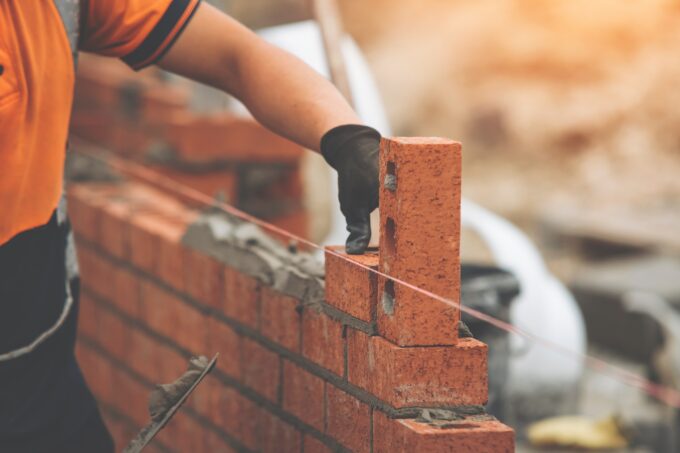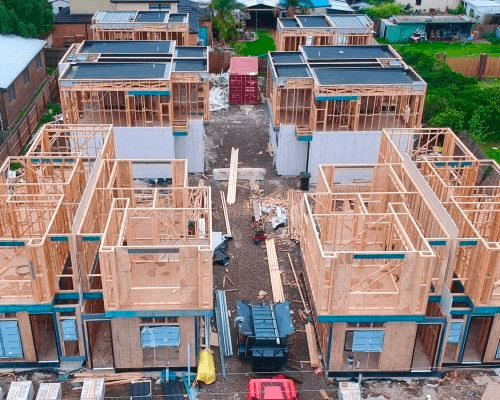Introduction
On 10 June 2020 the Design and Building Practitioners Act 2020 (NSW) (“DBPA”) took effect.
The Act contains a number of key changes, including the primary focus of this article which is the effect of the new duty of care on builders.
The Duty of Care
The duty is to exercise reasonable care to avoid financial loss to property owners caused by building defects.
To Whom is the Duty Owed?
The duty is owed to both present and future property owners.
When Will the Duty of Care be Breached?
Whilst individual cases may differ slightly, there are some general rules around establishing a breach of a duty of care to which a Court or Tribunal will have regard.
Property owners bringing an action for a breach will generally have to prove that;
- There was a risk foreseeable to the builder that the way in which works were performed might result in defects that cause financial harm to present or future owners of the property;
- The defects were caused by the builder’s failure to take appropriate steps to avoid it
- The cause of the defects could have been avoided by the builder taking precautions which were reasonably available and proportionate to the risk.
Time Limits for Bringing A Claim
A claim must be bought within 6 years of when a defect first becomes apparent, but no later that 10 years from the completion of the building.
The Act further provides that the imposition of the statutory duty of care has a retrospective effect, whereby it extends to economic losses from defects that have become apparent at any time within the last 6 years, in any building completed within the last 10 years.
Importantly, this means that a claim can potentially be bought against you for defects that are not within the statutory warranty periods of the Home Building Act, and can be immediately bought in relation to work which you have long since completed.




























